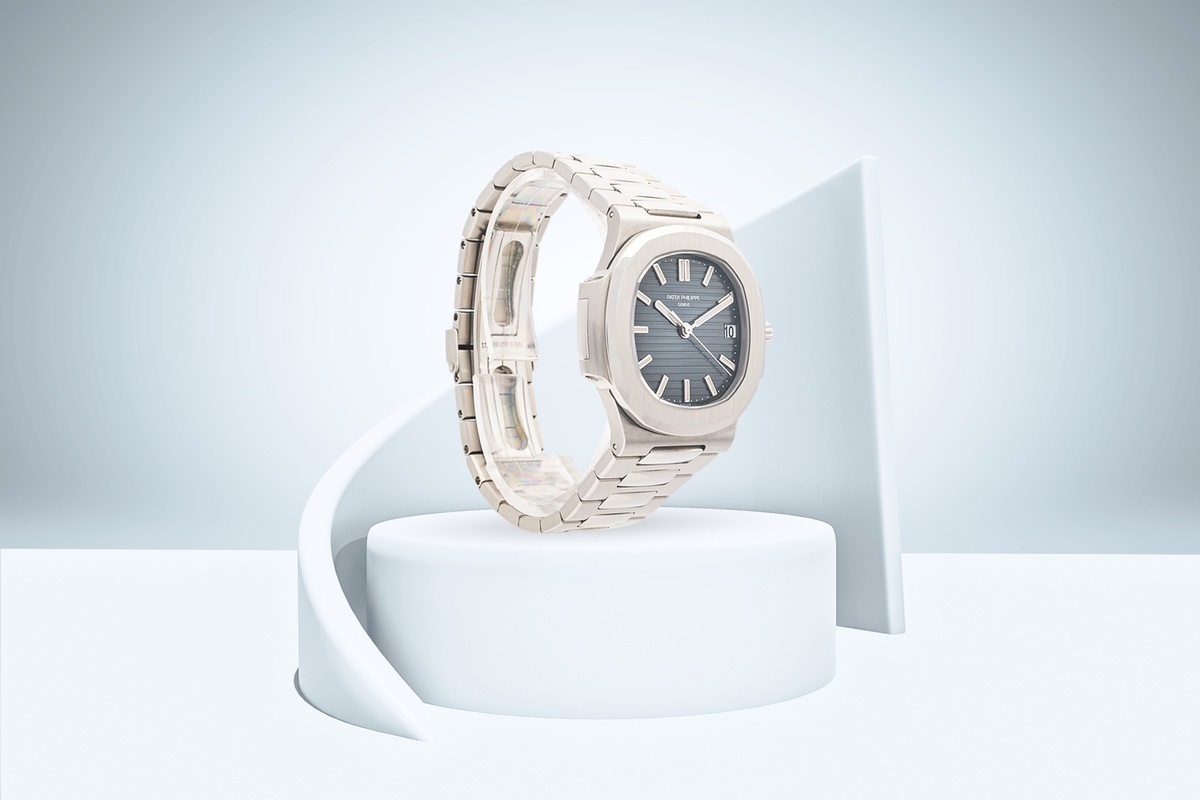The Patek Philippe Nautilus represents one of the most compelling investment opportunities in the luxury watch market, demonstrating remarkable price appreciation over the past decade while establishing itself as a modern horological icon. This analysis reveals a complex market dynamic where strategic scarcity, celebrity influence, and collector demand have driven prices far beyond traditional luxury goods appreciation rates, though recent market corrections signal the importance of understanding both opportunities and risks in this exclusive asset class.
Historical Price Trends
The price evolution of Patek Philippe Nautilus watches over the past decade tells a story of extraordinary market transformation, with certain models experiencing appreciation rates exceeding 500% during peak periods. The most dramatic surge occurred between 2016 and 2022, fundamentally altering the luxury watch investment landscape.
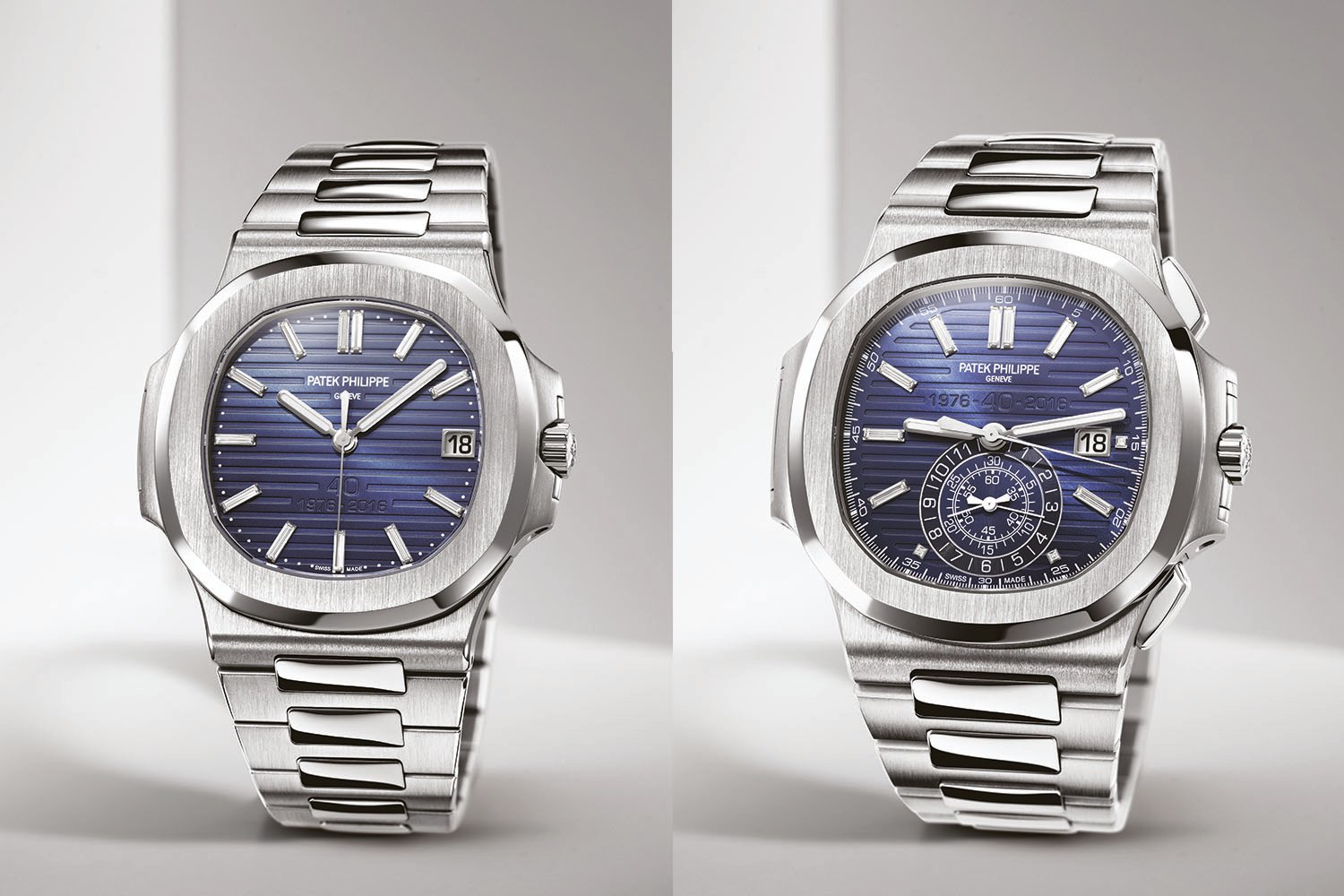
The Nautilus 5711/1A serves as the most illustrative example of this unprecedented growth trajectory. In 2016, this stainless steel model carried an average market price of approximately $26,000. By 2017, prices had climbed to around $33,000, followed by $48,000 in 2018 and $73,000 in 2019. The pandemic year of 2020 brought a slight correction to approximately $68,000, but this proved to be merely a temporary pause before an explosive surge.
The years 2021 and 2022 witnessed the most dramatic price increases in luxury watch history, with the 5711/1A reaching average market prices of $152,000 and $132,000 respectively. By 2025, prices have stabilized around $110,000 to $135,000, representing a 350% increase from 2016 levels despite recent market cooling. This stabilization reflects market maturation rather than fundamental weakness, as demand continues to substantially exceed supply.
The Nautilus 5980/1R chronograph demonstrates even more remarkable appreciation among precious metal variants. Starting from approximately $75,000 in 2016, this rose gold model climbed steadily through $82,000, $93,000, and $146,000 in subsequent years. The model reached peak valuations of $245,000 in 2021 and $270,000 in 2022, before settling at current levels around $225,000. This trajectory illustrates how complications and precious metal construction amplify investment returns within the Nautilus family.
The anniversary edition 5976/1G-001 established itself as the ultimate appreciation champion, gaining almost €550,000 in value since 2018. One pristine example achieved €915,000 at Christie’s in May 2022, well exceeding its high estimate and demonstrating the premium collectors place on limited production runs and exceptional condition. Such results underscore how rarity and provenance can exponentially multiply investment returns.
Key Models and References
The Nautilus collection’s investment hierarchy centers around three primary references that have captured collector imagination and demonstrated consistent market strength: the 5711, 5712, and 5980 series. Each model offers distinct characteristics that appeal to different collector segments while maintaining the fundamental design DNA that defines Nautilus desirability.
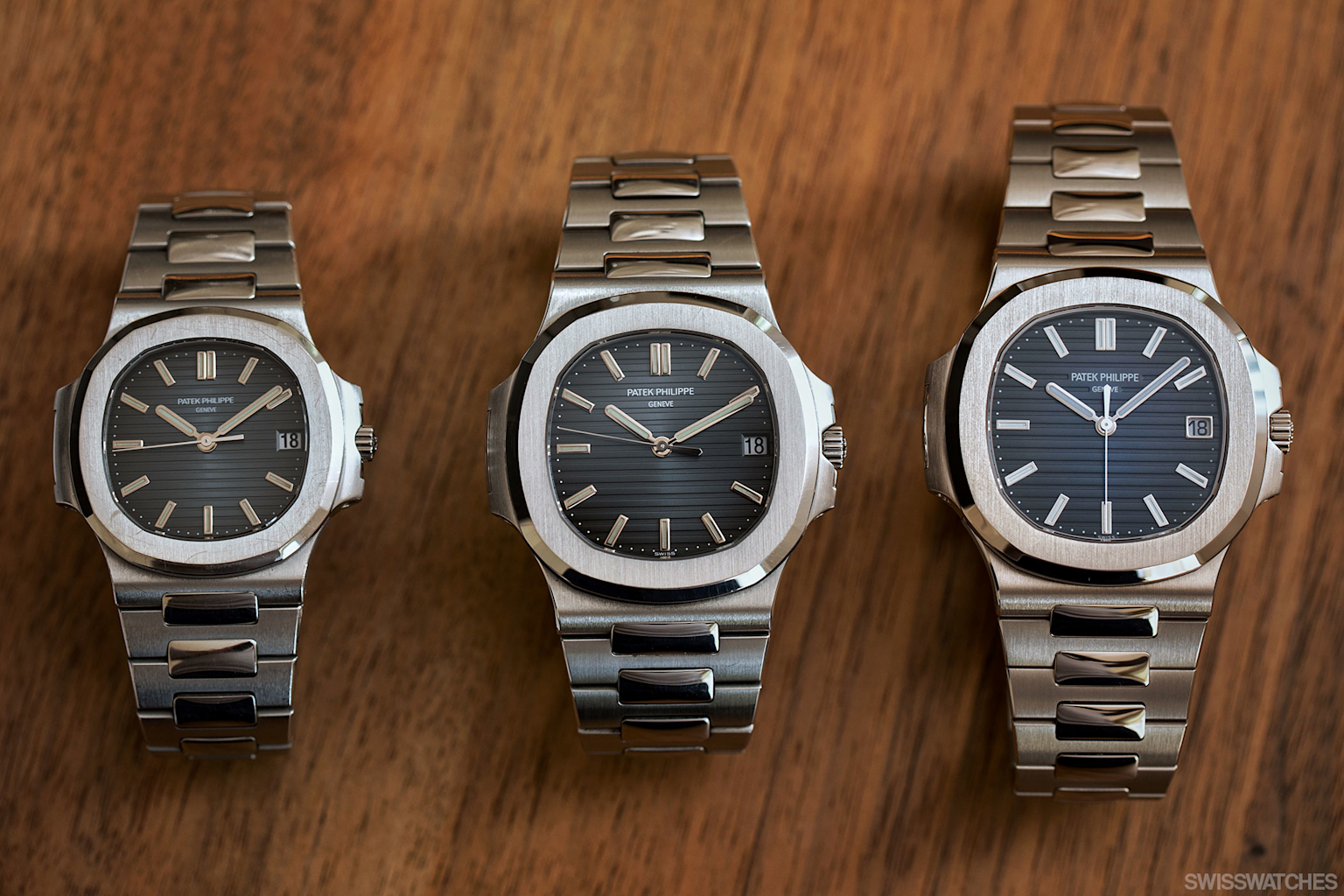
The Patek Philippe Nautilus 5711 represents the collection’s quintessential expression, featuring a clean three-hand display that emphasizes the model’s architectural purity. Introduced in 2006, this 40mm stainless steel model became synonymous with accessible luxury exclusivity, though “accessible” proved increasingly ironic as prices soared beyond six figures. The 5711/1A-010 with blue gradient dial emerged as the most coveted variant, while the white dial version 5711/1A-001 commanded similar premiums among collectors preferring understated elegance.
The discontinuation announcement in January 2021 triggered immediate market response, with prices jumping 31% within days and demand surging 96% compared to 2020 levels. Patek Philippe’s final farewell included the ultra-exclusive green dial variants (5711/1A-014 and the diamond-set 5711/1A-1300A-001) produced for less than one year, creating instant collector holy grails. The ultimate conclusion came with the 170-piece Tiffany & Co. collaboration (5711/1A-018), featuring the signature Tiffany Blue dial and achieving over $6.5 million at auction for a single example.
The Nautilus 5712 offers sophisticated complications within the same iconic case architecture, featuring an asymmetrical dial layout with moon phase, power reserve indicator, and date subdial. Introduced in 2006 and discontinued in 2025, this model bridges the gap between simple elegance and horological complexity. The 5712/1A-001 in stainless steel commands market prices around €100,000, while precious metal variants in rose gold (5712R-001) and white gold (5712G-001) achieve higher valuations reflecting their material premiums and lower production numbers.
The Nautilus 5980 chronograph represents the collection’s most complicated regularly produced variant, introducing the brand’s first Nautilus chronograph functionality in 2006. This 40.5mm model features distinctive dual pushers at 2 and 4 o’clock and a unique single subdial displaying both elapsed minutes and hours, departing from traditional chronograph layouts. The original stainless steel version proved exceptionally rare, while rose gold variants (5980R-001, 5980/1R-001) and two-tone configurations (5980/1AR-001) commanded substantial premiums before discontinuation in 2024.
Each reference demonstrates how Patek Philippe carefully calibrates production to maintain exclusivity while maximizing desirability. The strategic discontinuation of popular models creates immediate scarcity premiums, transforming these timepieces from luxury accessories into investment assets with documented appreciation potential.
Factors Driving Demand
The extraordinary demand for Patek Philippe Nautilus watches stems from a convergence of strategic scarcity, cultural influence, and collector psychology that has created one of the most compelling luxury goods markets in recent history. These demand drivers operate synergistically, reinforcing each other to sustain premium pricing even during broader market corrections.

Production limitations represent the foundational demand driver, with Patek Philippe deliberately restricting steel watch production to 25% to 30% of total output. Company president Thierry Stern explicitly maintains this policy to prevent steel models from dominating the brand’s precious metal heritage. With total annual production limited to approximately 70,000-72,000 pieces by 2025, and the majority consisting of ladies’ Twenty-4 models and precious metal variants, actual Nautilus availability remains extremely constrained. Authorized dealers report receiving two Nautilus watches per year at most, with many receiving none.
Celebrity influence has proven particularly powerful in driving Nautilus desirability across diverse cultural segments. High-profile owners include Jay-Z, Leonardo DiCaprio, Brad Pitt, Victoria Beckham, and Kevin Hart, each contributing to the model’s aspirational appeal. The Tiffany Blue 5711 worn by Jay-Z and later sold for over $6.5 million created particular market excitement. Business leaders like Kevin O’Leary have publicly celebrated their Nautilus investments, with O’Leary noting his 5711 brought “tears to his eyes” due to its appreciation over retail price.
Brand prestige reinforces demand through Patek Philippe’s positioning as the ultimate watchmaking authority, with the famous advertising slogan “You never actually own a Patek Philippe. You merely look after it for the next generation” resonating powerfully with collectors seeking transgenerational assets. This heritage narrative combines with genuine horological excellence, as each Nautilus undergoes extensive hand-finishing and quality control processes that can extend production timelines from months to years.
Investment performance has created a self-reinforcing demand cycle, as collectors recognize the historical appreciation potential demonstrated by virtually all Nautilus references. The model’s consistent outperformance of traditional assets, combined with relatively low volatility compared to stocks and bonds, attracts wealth diversification strategies. Annual appreciation rates of 10% to 100% depending on rarity have established the Nautilus as a legitimate alternative asset class.
Global market expansion particularly in Asia-Pacific regions has broadened the collector base substantially. The Middle East, Dubai, and Qatar represent especially strong markets for gold and diamond-set variants, with wealthy collectors frequently purchasing multiple models and further tightening global supply. This geographic diversification provides demand stability even when individual regional economies fluctuate.
The secondary market premium over retail prices, typically exceeding 100% to 300%, paradoxically increases rather than decreases desirability. This premium signals exclusivity and validates the investment thesis, creating psychological reinforcement among collectors who view high secondary prices as confirmation of their acquisition wisdom rather than deterrence from purchase.
Investment Risks and Market Volatility
Despite impressive historical performance, Nautilus investments carry significant risks that potential buyers must carefully consider before committing substantial capital to this luxury asset class. Recent market corrections demonstrate that even the most prestigious watches remain subject to economic cycles and changing collector preferences.
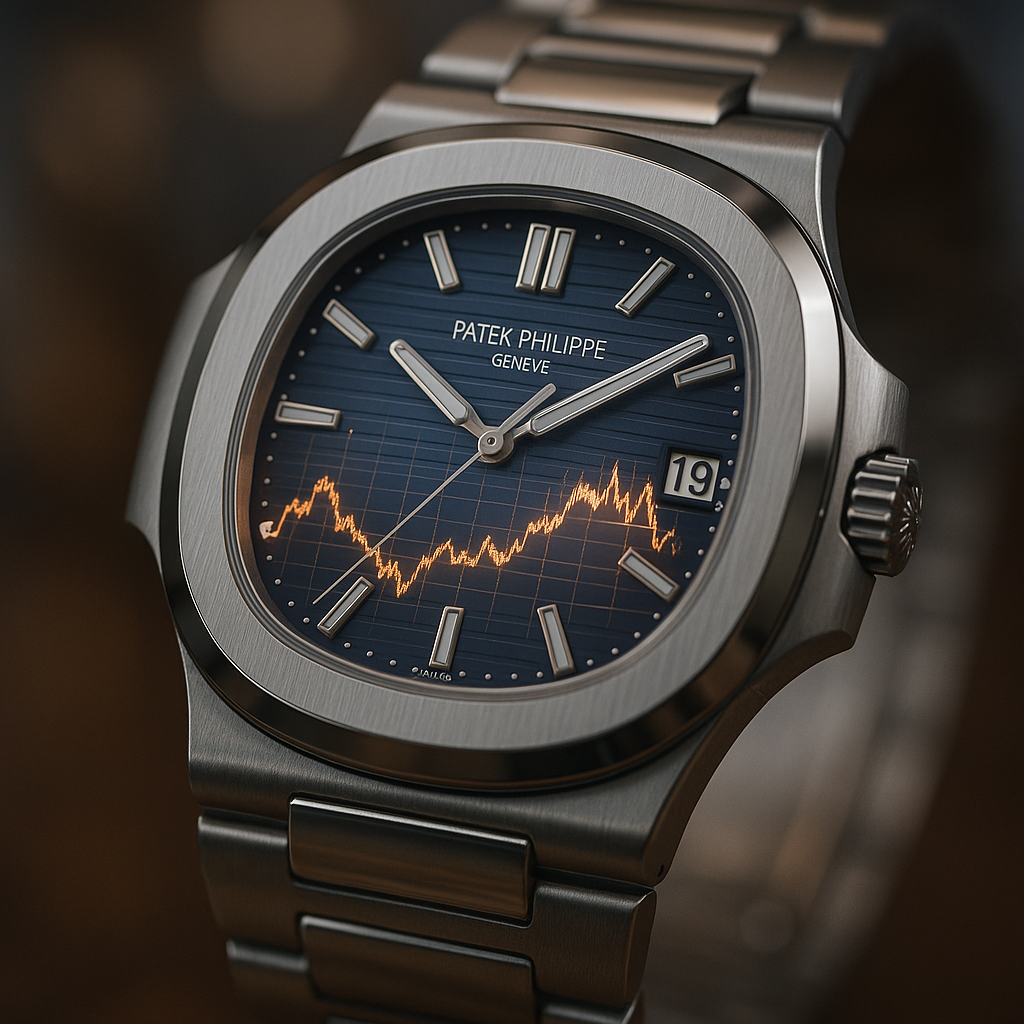
Market volatility has become increasingly evident since the 2022 peak, with the WatchCharts Overall Market Index declining 9.4% annually and luxury Swiss watches experiencing nine consecutive quarters of price decreases. Patek Philippe models specifically have declined 7.1% to 12.4% from peak valuations, though they continue trading at substantial premiums over retail prices. The Nautilus 5711/1A has dropped from peak levels exceeding $150,000 to current ranges of $110,000-135,000, representing a 25-30% correction from absolute highs.
Economic sensitivity poses ongoing risks, as luxury watch demand correlates closely with economic confidence and disposable income availability. Global economic uncertainties, geopolitical tensions, and changing consumer priorities can rapidly shift collector behavior away from luxury goods toward more liquid assets. The 2020 pandemic correction provided a preview of this dynamic, with prices declining before subsequent recovery.
Liquidity constraints represent a fundamental challenge distinguishing watches from traditional investments. The relative illiquidity of luxury watches means selling at desired prices can require extended timeframes, particularly for less common variants or during market downturns. Individual investors often struggle to achieve dealer-level prices when selling, as buyers prefer established professionals with authentication capabilities and return policies.
Authentication and counterfeiting risks continue expanding as replica quality improves and global gray markets proliferate. Even sophisticated collectors can fall victim to sophisticated counterfeits, potentially resulting in total investment loss. The blockchain authentication solutions and comprehensive traceability systems being developed by brands may help, but verification remains challenging for private buyers.
Changing market preferences could significantly impact specific model valuations, as younger collectors may gravitate toward different brands, complications, or aesthetic preferences. The 75% of luxury buyers projected to be Millennials and Gen Z by 2026 brings different values around sustainability, digital integration, and brand heritage that may not favor traditional mechanical sports watches.
Regulatory risks include potential changes in import tariffs, anti-counterfeiting enforcement, and luxury goods taxation that could affect market dynamics. Recent U.S. trade policy discussions have included luxury goods tariffs that could substantially impact pricing and demand patterns.
Supply manipulation concerns remain ongoing, with some market observers questioning whether production limitations represent genuine constraints or deliberate scarcity creation. If brands significantly increase production or introduce similar models, existing pieces could experience substantial devaluation. Thierry Stern’s commitment to steel production limits provides some protection, but future leadership changes could alter these policies.
Speculation bubble risks parallel other collectible markets where investor enthusiasm can drive prices beyond sustainable levels. The Reddit discussions describing the market as “massively inflated” and resembling a “bubble”** suggest caution among some experienced observers. When speculative premiums unwind, corrections can be swift and substantial.
Future Price Predictions
The outlook for Patek Philippe Nautilus investments presents a nuanced picture of cautious optimism tempered by market realism, with different scenarios emerging based on economic conditions, brand strategies, and collector behavior evolution. Analysis suggests a stabilization period followed by moderate appreciation rather than the explosive growth witnessed during the 2016-2022 period.
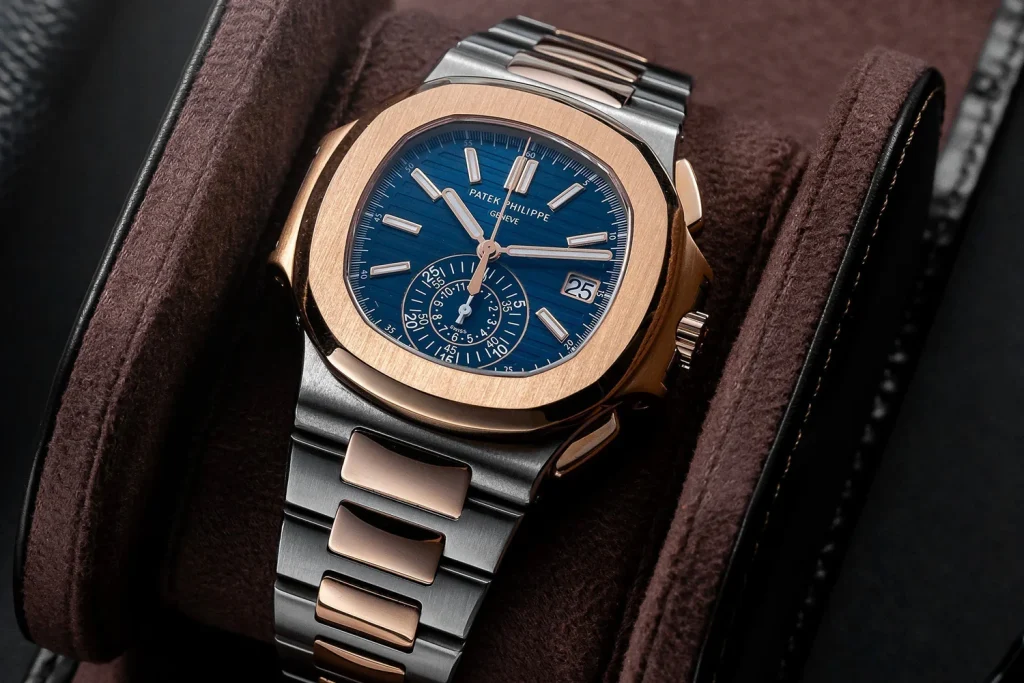
Short-term predictions (2025-2027) indicate continued price stabilization around current levels, with the 5711/1A trading in the $110,000-135,000 range. The twelve consecutive quarters of price decline appears to be slowing, with Q1 2025 showing the lowest quarterly contraction rate since Q2 2022. This deceleration suggests the market may be approaching equilibrium between speculative excess and fundamental value.
Medium-term outlook (2027-2030) forecasts annual appreciation rates of 5-10% for mainstream Nautilus references, aligning more closely with traditional luxury goods performance than the extraordinary gains of recent years. This projection reflects normalized demand patterns as the market transitions from speculation-driven pricing to collector-focused fundamentals. Discontinued models like the 5711 series may outperform due to fixed supply, while current production models face potential pressure from any production increases.
Key factors supporting continued appreciation include Patek Philippe’s unwavering commitment to production limitations, with Thierry Stern’s explicit policy of maintaining steel production at 25-30% of total output. The brand’s controlled growth strategy, targeting 72,000 total pieces annually by 2025, ensures continued scarcity relative to global demand. Geographic expansion particularly in Asia-Pacific markets provides demand growth offsetting any developed market saturation.
Luxury market growth projections support underlying demand, with the global luxury watch market expected to reach $134.53 billion by 2032 at a 12.23% CAGR. The U.S. high-end watch market specifically is projected to grow from $2.8 billion in 2024 to $4.2 billion by 2033. These macro trends provide favorable conditions for premium positioning within expanding markets.
Risk factors tempering growth include potential generational preference shifts, as Millennials and Gen Z comprising 75% of luxury buyers by 2026 may prioritize different attributes than traditional collectors. Smart watch integration and sustainability concerns could influence long-term desirability, though Patek Philippe’s traditional mechanical focus may insulate the brand from technological disruption.
Investment grade references are expected to perform differently, with limited editions, anniversary models, and precious metal variants likely maintaining higher appreciation rates than standard production pieces. The Tiffany collaboration models and final year green dial variants represent particular opportunities given their extreme rarity and cultural significance.
Conservative investment scenarios project 3-7% annual appreciation matching broader luxury goods trends, while optimistic scenarios anticipate 8-12% returns driven by continued Asian market expansion and collector base growth. Ultra-rare references may continue achieving 15-20% appreciation based on their documented scarcity and historical performance.
The recommendation for potential investors emphasizes long-term holding strategies, authentication due diligence, and diversification within watch portfolios rather than concentration in single references. The Nautilus remains a compelling luxury asset for qualified collectors, though expectations should align with normalized rather than speculative returns going forward.
